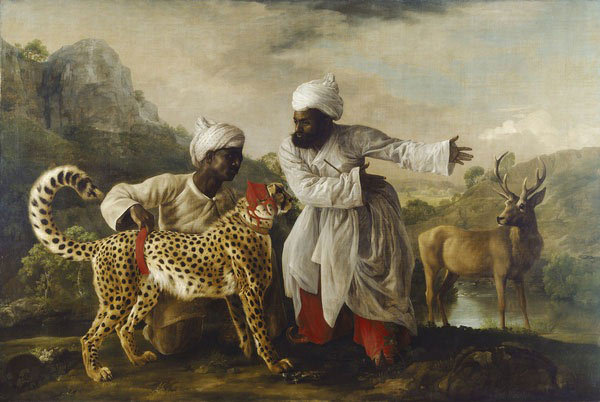Diving into the history of Britain’s “empire” from the 16th century to the present day, the Tate Museum in England recently unveiled a groundbreaking exhibition.
Featuring a vast collection of objects from across the United Kingdom, the Tate Museum on November 25 opened “Artist and Empire,” an exhibition that takes an in-depth look into how artists from all across the globe represented and responded to the British Empire’s expansion. Unfortunately, the history of colonial conquests often illuminates tragedies and circumstances associated with war and slavery. Even so, the remarkable visions of skillful cartographers, painters, photographers, and more bring profound beauty to otherwise painful memories and legacies.
The museum writes, “The show raises questions about ownership, authorship and how the value and meanings of these diverse objects have changed through history. It also asks what they still mean to us today. Historic works by artists such as Joshua Reynolds and George Stubbs are shown with objects including Indian miniatures and Maori artifacts, as well as contemporary works by Hew Locke and Sonia Boyce. Through this variety of artworks from a complex mix of traditions, locations and cultures, the fragmented history of the Empire can be told.”
Stubbs’s “Cheetah and Stag with Two Indians” is one such highlight of the exhibition. Executed with masterful precision, two Indians converse as they prepare to release a domesticated Cheetah for it to chase and catch the stag. One kneeling subject holds tight to a red belt that confines the big cat as the stag looks on with attentive alertness.
“Artist and Empire” opened on November 25 and will run through April 2016.
To learn more, visit the Tate Museum.
This article was featured in Fine Art Today, a weekly e-newsletter from Fine Art Connoisseur magazine. To start receiving Fine Art Today for free, click here.
Artist and Empire








